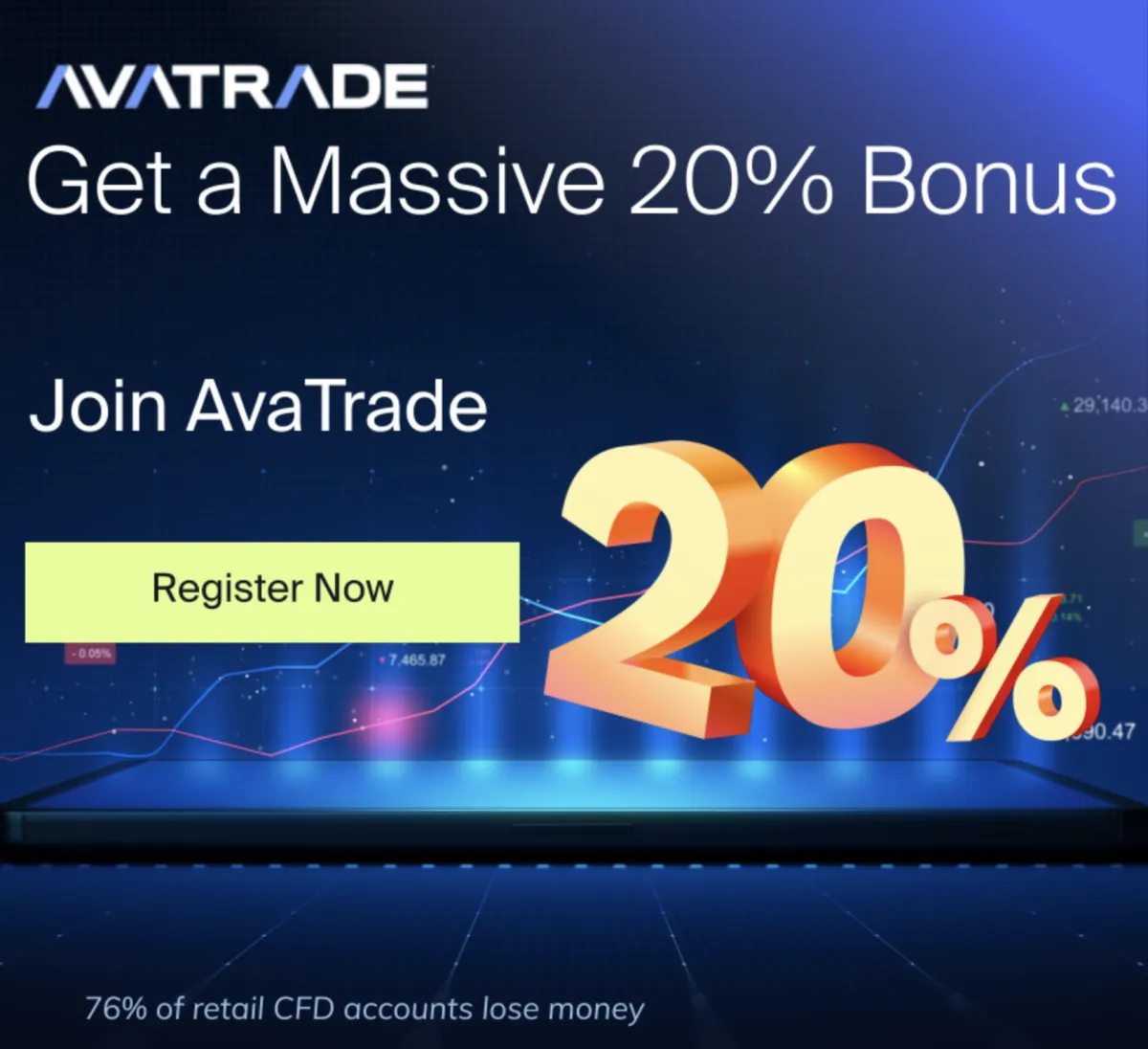Planting Your Money Tree: How to Start Investing with Any Budget
23 min read
Published: June 3, 2025, 18:34 a.m. ET
Key Points
⚡Start with Any Amount - You can begin investing with just $1 through fractional shares and commission-free platforms.
⚡ Time Beats Timing - Regular small monthly investments build substantial wealth over decades through compound growth.
⚡ Prioritize Tax-Advantaged Accounts - Use IRAs and 401(k)s first for tax-free growth that significantly outperforms taxable accounts.
⚡ Keep Costs Low - Choose low-cost index funds since high fees can cost tens of thousands over time.
⚡ Diversify Simply - Single broad market ETFs provide instant diversification across hundreds of companies with minimal effort.
The Myth of Minimum Investment Requirements
Traditional investment wisdom once demanded significant upfront capital.
Mutual funds typically required $1,000 to $3,000 minimums, while working with human financial advisors often meant account minimums of $25,000 or more. These barriers have largely disappeared.
Today's investment landscape offers unprecedented accessibility. Major brokerages including Charles Schwab, Fidelity, and Vanguard have eliminated account minimums for most investment products.
Exchange-traded funds (ETFs) can be purchased for the price of a single share, often under $100. Fractional share investing, pioneered by platforms like Robinhood and now offered by established firms, allows investors to buy portions of expensive stocks with any dollar amount.
"The democratization of investing has removed the traditional gatekeepers," notes Christine Benz, Director of Personal Finance at Morningstar.
"An investor with $50 today has access to the same diversified portfolios that were once exclusive to institutional investors."
AvaTrade offers professionally designed model portfolios
Building Your Investment Foundation: The $25 Portfolio
Starting with minimal capital requires strategic thinking about cost efficiency and diversification. A $25 initial investment can create a surprisingly robust foundation using broad-market ETFs.
Consider the SPDR S&P 500 ETF (SPY), trading around $420 per share as of late 2024. Through fractional share programs, a $25 investment purchases approximately 0.06 shares, providing exposure to 500 of America's largest companies.
This single purchase delivers instant diversification across all major sectors of the economy.For broader global exposure, the Vanguard Total World Stock ETF (VT) offers access to both domestic and international markets in a single fund.
At roughly $110 per share, a $25 investment provides meaningful participation in global equity markets.The key advantage of ETFs over individual stocks for small investors lies in their built-in diversification.
While $25 might purchase two or three shares of a single stock, the same amount invested in an ETF provides fractional ownership in hundreds or thousands of companies.
WATCH LIST
Ready to put time on your side? With AvaTrade's instant account setup, you can begin investing in top companies like Apple, Microsoft, and Google in minutes.
The Power of Systematic Investing
Dollar-cost averaging transforms small, regular investments into substantial wealth over time. This strategy involves investing fixed amounts at regular intervals, regardless of market conditions.
The mathematical advantage lies in purchasing more shares when prices are low and fewer when prices are high, potentially lowering average cost per share over time.Consider an investor contributing $100 monthly to an S&P 500 index fund earning the historical average annual return of approximately 10%.
After 30 years, total contributions of $36,000 would grow to roughly $227,000, assuming reinvested dividends and no fees. This demonstrates compound growth's power—earnings generating their own earnings over time.
Recent market volatility has actually benefited systematic investors. During the March 2020 market decline, investors continuing regular contributions purchased shares at significantly discounted prices.
As markets recovered, these positions generated substantial returns.
"Consistency matters more than perfection in investing," explains Jack Bogle's investment philosophy, founder of Vanguard.
"Time in the market beats timing the market for the vast majority of investors."
AvaTrade offers professionally designed model portfolios that include optimal allocations to tech leaders like Apple, Microsoft, and Google, balanced with other sectors.
AvaTrade offers professionally designed model portfolios that include optimal allocations to tech leaders like Apple, Microsoft, and Google, balanced with other sectors.
Choosing the Right Investment Platform
Platform selection significantly impacts long-term returns through fees, available investments, and user experience.
Key evaluation criteria include:
Commission Structure: Most major brokerages now offer commission-free stock and ETF trading. However, some platforms charge fees for mutual fund transactions or maintain account minimums that trigger monthly fees.
Investment Selection: Ensure access to low-cost index funds and ETFs. Platforms offering fractional share investing provide more flexibility for small accounts.Educational Resources: Quality platforms provide research tools, educational content, and portfolio analysis features that help investors make informed decisions.
Account Types: Look for platforms offering both taxable brokerage accounts and tax-advantaged retirement accounts (IRAs) under one roof.Leading platforms for beginning investors include:
Fidelity: Offers zero-fee index funds, extensive research tools, and no account minimums. Their FZROX fund provides total stock market exposure with zero expense ratio.
Charles Schwab: Provides comprehensive investment options, strong customer service, and educational resources. Recent acquisition of TD Ameritrade expanded their platform capabilities.
Vanguard: Known for low-cost index funds and investor-friendly fee structure. While their platform is less flashy than newer competitors, their long-term track record and cost efficiency are unmatched.
Modern App-Based Platforms: Robinhood, Webull, and Public offer user-friendly interfaces and fractional share investing, though they may lack the comprehensive features of traditional brokerages.
Tax-Advantaged Account Strategies
Maximizing tax-advantaged accounts should be every investor's priority, regardless of budget size. These accounts provide either immediate tax deductions or tax-free growth, significantly enhancing long-term returns.
Traditional IRAs allow tax-deductible contributions up to $6,500 annually for 2023 (with catch-up contributions for those over 50). Investments grow tax-deferred until withdrawal in retirement, when they're taxed as ordinary income.
Roth IRAs use after-tax contributions but provide tax-free growth and withdrawals in retirement. Income limits apply, but most beginning investors qualify.
The ability to withdraw contributions (not earnings) penalty-free provides flexibility for younger investors.
401(k) Plans through employers often include company matching, providing immediate 100% returns on contributed amounts up to the match limit.
Even investors focused on debt repayment should contribute enough to capture full employer matching.
For investors with limited capital, prioritizing tax-advantaged accounts over taxable investing accounts can add substantial value.
A $5,000 investment in a Roth IRA growing at 7% annually for 30 years becomes $38,061 tax-free. The same investment in a taxable account, assuming 22% tax on gains, nets approximately $31,000 after taxes.
Asset Allocation Across Different Budget Levels
Investment strategy should evolve with available capital, though core principles remain consistent across all budget levels.
$25-$500 Budget: Focus on broad market exposure through a single, low-cost total market index fund or ETF. Vanguard Total Stock Market ETF (VTI) or Fidelity Total Market Index Fund (FZROX) provide comprehensive domestic equity exposure with minimal fees.
$500-$2,500 Budget: Introduce basic diversification with domestic and international equity exposure. A simple two-fund portfolio might include 70% total stock market index and 30% international developed markets index.
$2,500-$10,000 Budget: Add fixed-income allocation for stability. A three-fund portfolio—domestic stocks, international stocks, and bonds—provides balanced exposure across major asset classes. Target allocation might be 60% domestic equity, 20% international equity, and 20% bonds.
$10,000+ Budget: Consider adding real estate investment trusts (REITs), emerging markets exposure, or sector-specific investments while maintaining core diversification principles.
Younger investors can typically accept higher equity allocations due to longer investment horizons, while those approaching retirement might emphasize capital preservation through increased bond allocations.
Understanding Investment Costs and Their Impact
Investment fees compound over time, potentially costing investors hundreds of thousands of dollars over multi-decade periods. Understanding fee structures helps investors maximize net returns.
Expense Ratios: Annual fees charged by mutual funds and ETFs, expressed as percentages of invested assets. Low-cost index funds typically charge 0.03% to 0.20% annually, while actively managed funds might charge 0.50% to 2.00% or more.
The difference appears small but compounds significantly. A $10,000 investment earning 7% annually for 30 years with a 0.04% expense ratio grows to $74,846. The same investment with a 1.00% expense ratio grows to only $66,231—a difference of $8,615.
Trading Commissions: While most brokerages have eliminated stock and ETF trading commissions, some still charge for mutual fund transactions or options trading.
Account Fees: Some platforms charge monthly maintenance fees for accounts below certain thresholds. These fees can devastate small account performance.
Hidden Costs: Bid-ask spreads, market impact, and cash drag can reduce returns, particularly for frequently traded accounts.
Ready to put time on your side? With AvaTrade's instant account setup, you can begin investing in top companies like Apple, Microsoft, and Google in minutes.
Common Beginner Mistakes to Avoid
New investors often make predictable errors that can significantly impact long-term returns. Understanding these pitfalls helps avoid costly mistakes.
Attempting to Time the Market: Research consistently shows that investors who try to time market entries and exits typically underperform those who invest consistently over time.
Market timing requires correctly predicting both when to exit and when to re-enter markets.
Overconcentration: Investing too heavily in single stocks, sectors, or even domestic markets increases unnecessary risk. Diversification remains the only "free lunch" in investing.
Emotional Decision-Making: Selling during market downturns and buying during peaks drives poor returns. Systematic investment approaches help remove emotional bias from investment decisions.
Chasing Performance: Last year's top-performing funds often become next year's laggards. Consistent, low-cost investing typically outperforms strategy-switching over time.
Neglecting Tax Efficiency: Failing to maximize tax-advantaged accounts or holding tax-inefficient investments in taxable accounts can significantly reduce after-tax returns.
Real-World Success Stories: Small Beginnings, Big Results
Historical examples demonstrate the wealth-building potential of consistent, small investments. Consider these scenarios based on actual market performance:
The $50 Monthly Investor: Starting in 1990, an investor contributing $50 monthly to an S&P 500 index fund would have invested $20,400 total by 2024. Despite market crashes in 2000, 2008, and 2020, this portfolio would be worth approximately $185,000, assuming dividend reinvestment and minimal fees.
The 401(k) Graduate: A 22-year-old college graduate earning $35,000 annually who contributes 6% to their 401(k) to capture full employer matching would accumulate roughly $1.1 million by age 65, assuming 7% annual returns and 3% annual salary increases.
These examples illustrate compound growth's power when combined with consistent investing habits, regardless of modest starting amounts.
Technology and Robo-Advisors: Automated Investing for Beginners
Robo-advisors have revolutionized investment management for small accounts, providing algorithm-driven portfolio management at fraction of traditional advisor costs.
Leading robo-advisors like Betterment, Wealthfront, and Schwab Intelligent Portfolios typically charge 0.25% to 0.50% annually while providing automatic rebalancing, tax-loss harvesting, and age-appropriate asset allocation adjustments.
These platforms excel at removing emotional decision-making from investment management while maintaining professional-grade diversification strategies.
Most require minimal initial investments and automatically invest deposits according to predetermined strategies.
However, robo-advisors add costs compared to self-directed index fund investing. Investors comfortable with basic portfolio construction can often achieve similar results at lower cost through simple index fund strategies.
Building Emergency Funds Alongside Investment Accounts
Financial advisors traditionally recommend establishing emergency funds before investing, but this approach can delay wealth building for years. A balanced strategy might involve simultaneously building emergency reserves and investment accounts.
Consider allocating monthly savings between high-yield savings accounts for emergencies and investment accounts for long-term growth. This approach provides liquidity for unexpected expenses while capturing compound growth over time.
Money market funds or short-term treasury ETFs within investment accounts can serve dual purposes, providing emergency access while earning higher returns than traditional savings accounts.
The Psychology of Starting Small
Behavioral finance research reveals that getting started, regardless of amount, creates positive feedback loops that encourage continued investing. Small initial investments help investors:
Develop Investment Habits: Regular investing becomes automatic, like paying bills or saving for vacation.
Learn Through Experience: Markets become less intimidating as investors experience normal volatility with small amounts at risk.
Build Confidence: Successful small investments encourage larger commitments over time.
Understand Personal Risk Tolerance: Experiencing market fluctuations with real money provides better risk assessment than theoretical discussions.
"The hardest part of investing is taking the first step," notes behavioral economist Dr. Shlomo Benartzi.
"Once investors see their first dollar of investment gains, they're much more likely to continue building wealth."
Advanced Strategies for Growing Portfolios
As investment accounts grow, more sophisticated strategies become available and beneficial.
Tax-Loss Harvesting: Systematically realizing investment losses to offset gains, reducing tax burden. This strategy works best in taxable accounts with diversified holdings.
Asset Location: Placing tax-inefficient investments in tax-advantaged accounts while keeping tax-efficient investments in taxable accounts maximizes after-tax returns.
International Diversification: Adding developed and emerging international markets reduces portfolio concentration risk and may enhance returns over time.
Alternative Investments: REITs, commodities, and other alternatives can provide diversification benefits, though they typically require larger account balances to implement effectively.
Monitoring and Adjusting Your Investment Strategy
Successful long-term investing requires periodic review and adjustment, but not constant tinkering.
Annual reviews should assess:
Goal Progress: Are investment contributions and returns on track to meet long-term objectives?
Asset Allocation Drift: Have market movements pushed portfolios away from target allocations?
Life Changes: Do career changes, marriage, children, or other life events require strategy adjustments?
Cost Review: Are fees competitive with current market offerings?
Avoid making changes based on short-term market performance or media speculation. Markets move in cycles, and patient investors typically capture long-term growth trends.
Regulatory Considerations and Investor Protections
Investment accounts benefit from multiple layers of regulatory protection.
Securities Investor Protection Corporation (SIPC) insurance protects investor accounts up to $500,000 per account if brokerages fail.
This insurance covers account balances but not investment losses due to market performance.
The Securities and Exchange Commission (SEC) regulates investment advisors and requires fiduciary standards for registered investment advisors.
However, broker-dealers operate under different standards, potentially creating conflicts of interest.Understanding these protections helps investors make informed decisions about platform selection and account structuring.
International Investing Considerations
Global diversification provides exposure to different economic cycles and growth opportunities outside domestic markets.
International developed markets offer stability and established regulatory frameworks, while emerging markets provide higher growth potential with increased volatility.
Currency fluctuations add complexity to international investing, potentially enhancing or reducing returns for U.S. dollar-based investors.
However, over long periods, currency effects tend to moderate while benefiting from global economic growth remains.
Simple international exposure through broad-based ETFs like Vanguard Total International Stock ETF (VTIAX) provides professional-grade diversification without requiring individual country or region selection.
Estate Planning for Young Investors
Even small investment accounts benefit from basic estate planning considerations. Beneficiary designations on retirement accounts allow assets to transfer directly to heirs, avoiding probate complications.
Young investors should regularly update beneficiary information, particularly after major life events like marriage or children. These designations supersede will instructions, making accuracy crucial.
The Role of Financial Education in Investment Success
Continuing financial education significantly impacts long-term investment success.
Investors who understand basic concepts like compound interest, diversification, and cost efficiency typically achieve better outcomes than those who rely solely on others' advice.
Quality educational resources include:
SEC Investor.gov: Provides unbiased investment education and broker verification tools.
Bogleheads Community: Online community focused on low-cost, diversified investing principles.
Morningstar Research: Offers investment analysis and educational content for various experience levels.
Academic Research: Papers from institutions like Vanguard, Fidelity, and academic institutions provide evidence-based investing insights.
Risk Disclosure: All investments carry risk of loss. Past performance does not guarantee future results. Consider your investment objectives, risk tolerance, and time horizon before investing. Consult with qualified financial professionals before making investment decisions.
Regulatory Compliance: This content is for educational purposes only and does not constitute personalized investment advice. Investment products are not FDIC insured and may lose value.
Bottom Line
Investment success depends more on consistency and time than initial capital amounts. Modern investment platforms have eliminated traditional barriers, allowing anyone to begin building wealth through systematic investing and diversified portfolios.
Starting small develops positive habits and harnesses compound growth's power, potentially creating substantial wealth over time regardless of modest beginnings.
The most important investment decision isn't which specific funds to choose or when to start—it's simply starting at all. Markets reward patient, diversified investors over time, making today the best day to plant your money tree.
The information provided is for educational purposes only and does not constitute investment advice, trading advice, or financial recommendations. Trading involves significant risk. Past performance is not indicative of future results. Please consult a licensed financial advisor before making any investment decisions
COURSES FOR BEGINNERS
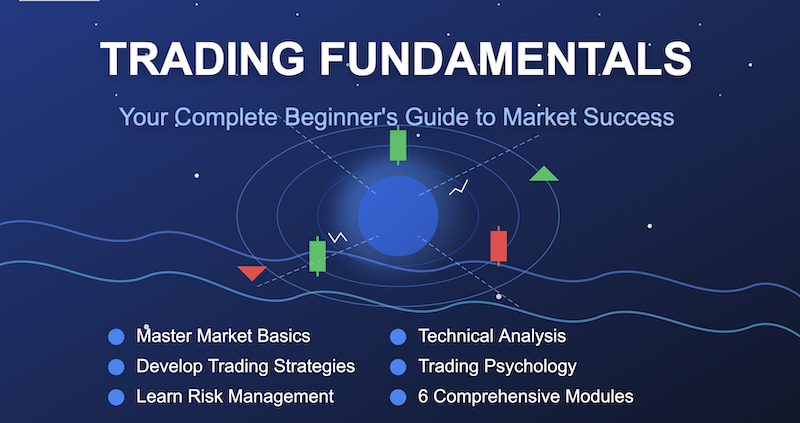
Trading Fundamentals: Complete Beginner's Guide to Market Success
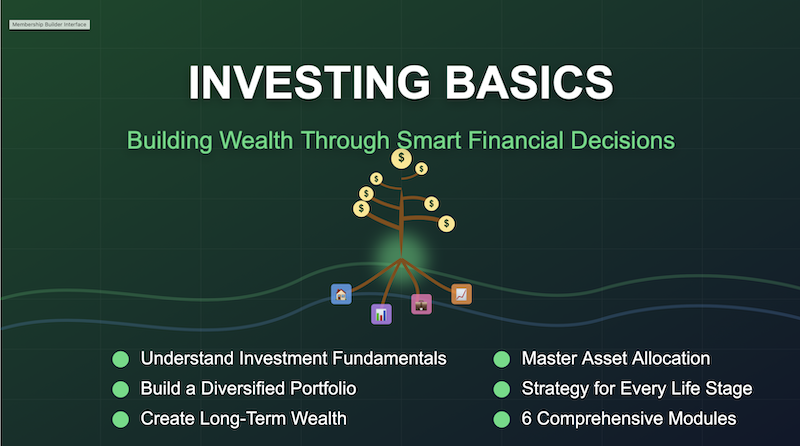
Investing Basics: Through Smart Financial Decisions

Crypto Fundamentals: Understanding Digital Assets
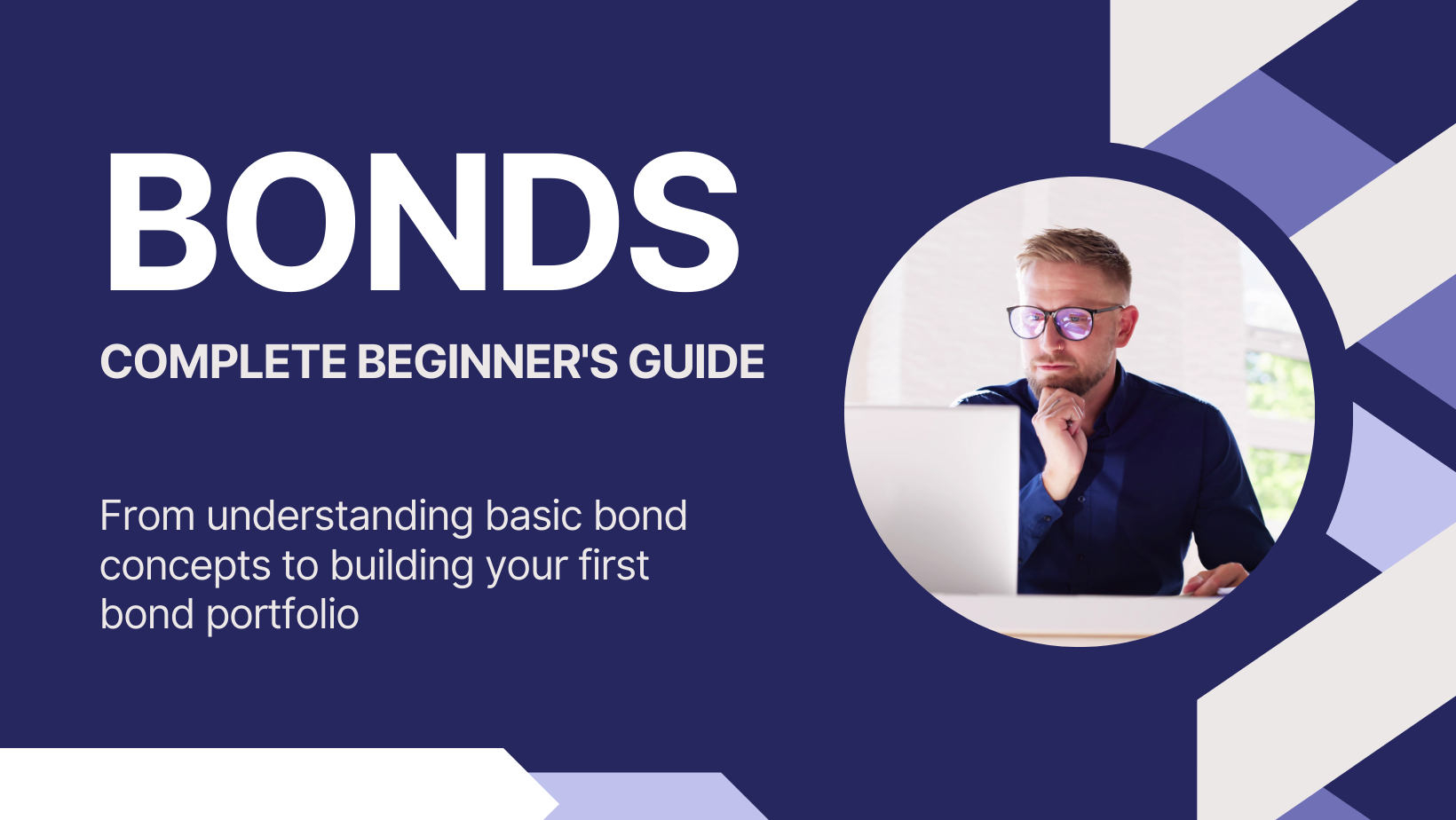
Complete Beginner's Guide for Bonds - Sprint Course
COURSES FOR ADVANCED
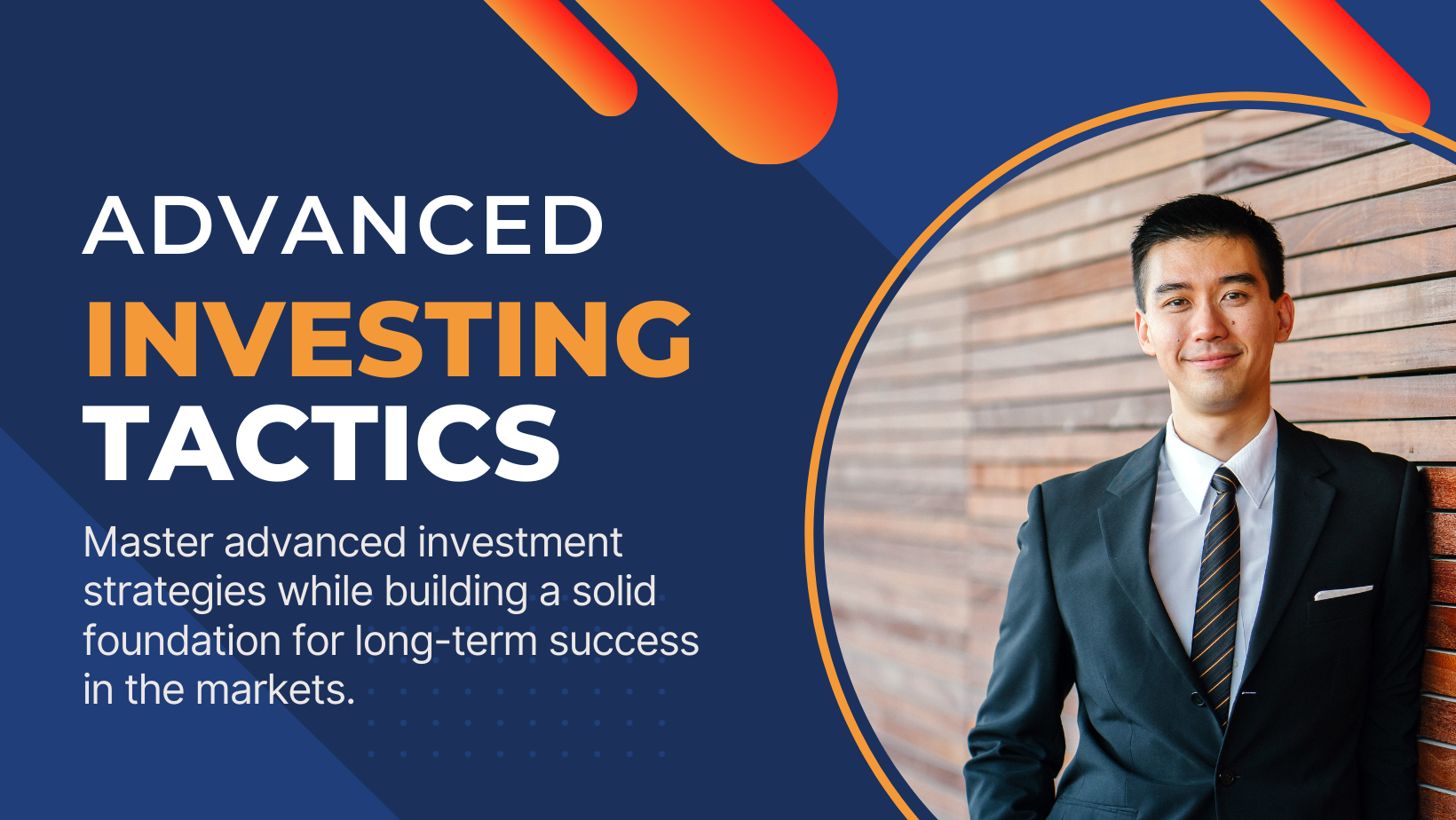
Advanced Investing Tactics

Specialized Stock Sectors

Crypto Beyond Basics - Advanced Course
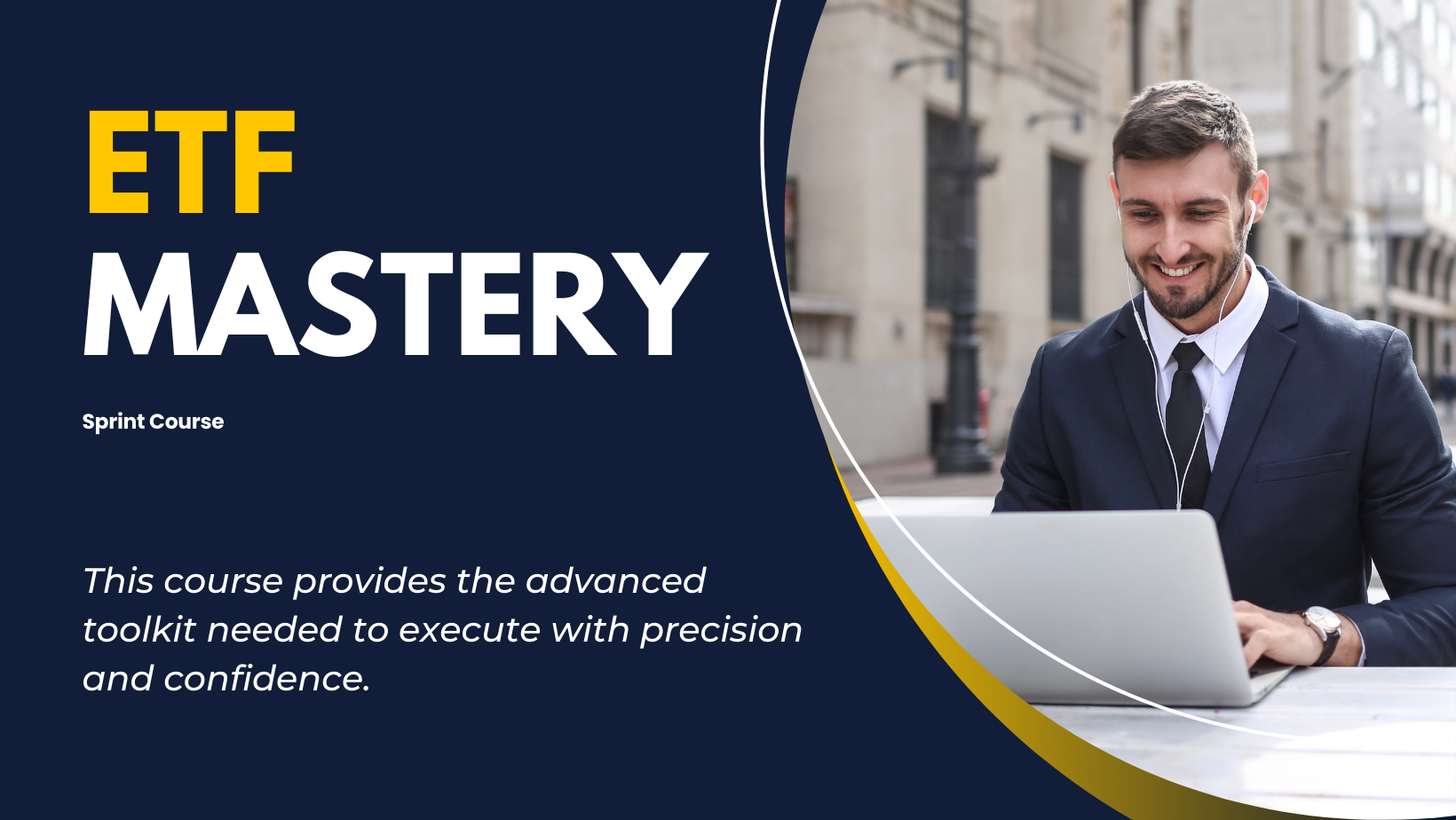
ETF Mastery - Sprint Course
Ready to put time on your side? With AvaTrade's instant account setup, you can begin investing in top companies like Apple, Microsoft, and Google in minutes.

Company Information:
Polonix Academy is owned and operated by Polonix LTD. All content, services, and features offered through this platform are governed by the terms and conditions set forth by Polonix LTD
Risk Disclosure & Disclaimer:
The content on polonixacademy.com is for informational and educational purposes only and should not be construed as professional financial advice. Should you need such advice, consult a licensed financial or tax advisor. References to products, offers, and rates from third party sites often change. While we do our best to keep these updated, numbers stated on this site may differ from actual numbers. We may have financial relationships with some of the companies mentioned on this website. Among other things, we may receive free products, services, and/or monetary compensation in exchange for featured placement of sponsored products or services. We strive to write accurate and genuine reviews and articles, and all views and opinions expressed are solely those of the authors.
If you have a complaint, you can contact [email protected] Complaints related to comparison journeys will be forwarded to the relevant service provider, while article-specific complaints will be addressed directly by the editorial team.
Polonix Academy © Copyright 2025. All Rights Reserved.




